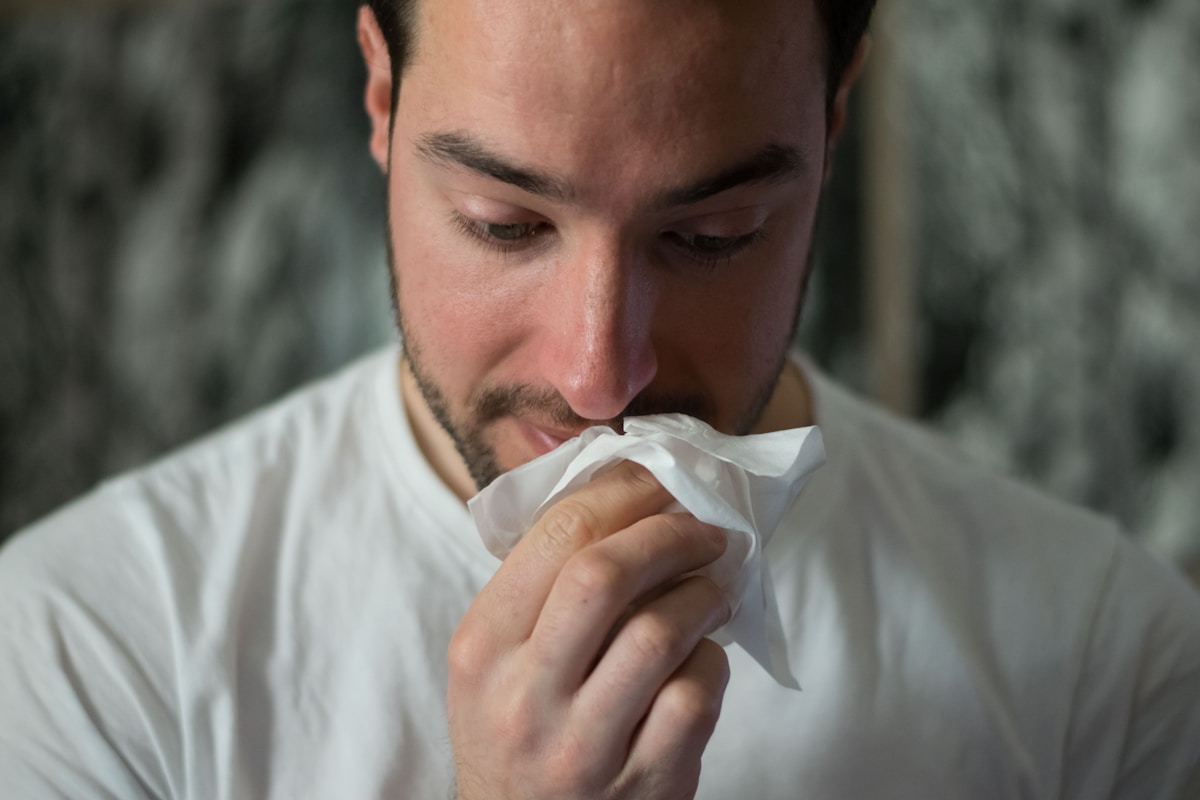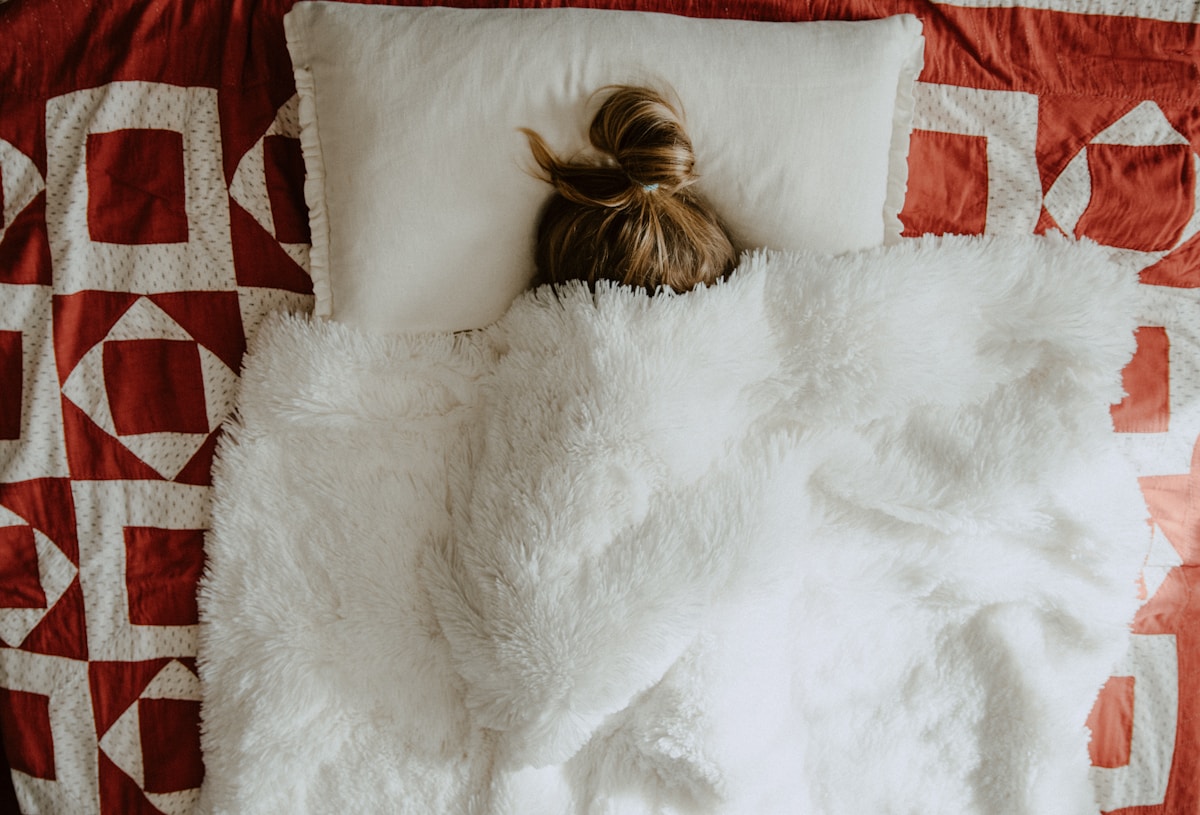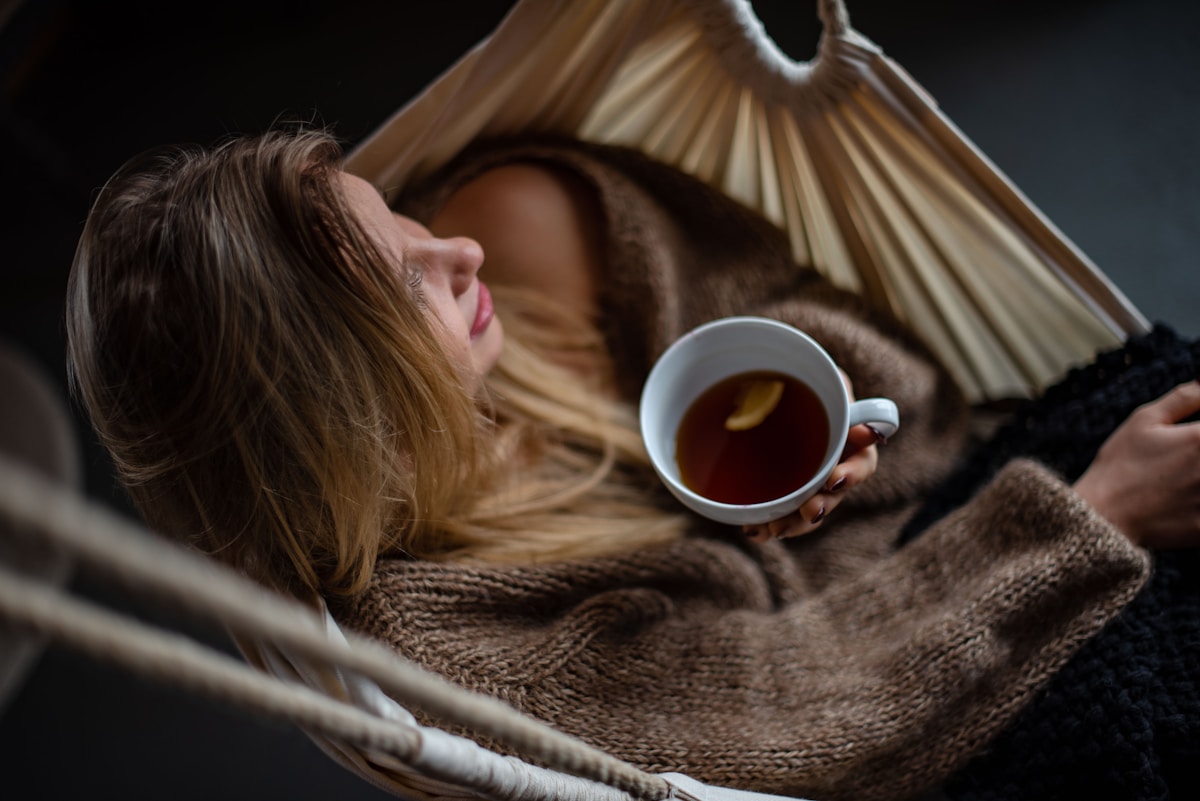For millenia Chinese medicine has been used to treat upper respiratory diseases from the common cold to pneumonia. Classical Chinese medicine views externally-contracted disease as shang han (cold pathogen) or wen bing (warm pathogen) and the depth to which the pathogen has penetrated is demonstrated by the symptoms you present. While in conventional medicine diagnosis and treatment focuses on the pathogen that is attacking you, in Chinese Medicine the focus of diagnosis and treatment is on your body's response to the pathogen. This means that it doesn't matter if you've contracted rhinovirus or norovirus, if you have a fever, chills and bodyaches your treatment will be different than if you have fever, chills and a sore throat. This is why symptomology is so important in Chinese medicine and why your practitioner will ask a lot of questions around how you're feeling and about any changes to your body's natural elimination pathways - sweating, urination, and bowel movement.
Below is an adapted summary with 5 stages based on Shang Han Lun Six Conformations/Wen Bing Four Levels and Traditional Japanese Acupuncture & Moxibustion to understand how deep the pathogen has penitrated and what treatment might look like. It is by no means an exhaustive list of how to treat colds and the flu with Chinese medicine, but it's a starting point to understanding how one would properly assess how deep the pathogen has gone and if it's cold or warm in nature. If you're currently under the weather, I highly recommend consulting with a licensed acupuncturist in your community to get proper diagnosis and treatment.

First Stage - Warning Sign: Feeling "Icky" or "Off"
You might be feeling a slight tickle in your throat, slight ache at the back or your neck, a slight nose trickle, or be sweating every-so-slightly on your forehead followed by a chill. This is the first sign that a pathogen is on the surface and your body's immune system is engaging. This is the time, as my mentor Dr. Barbara Martello would say, to "go home, drink tea, wrap yourself in bubble wrap, and watch 'Twilight'."
Herbal Formulas: Gui Zhi Tang if slight sweating, bodyaches, chills, and scratchy throat predominate, Ma Huang Tang if there's no sweating with chills and bodyaches, Ge Gen Tang if all the symptoms of Gui Zhi Tang pattern are present plus neck tension and/or loose stools, Wu Ling San if all the symptoms of Gui Zhi Tang pattern are present plus inhibited urination, or Sang Ju Yin if mild chills and fever with a slight cough. There's also a more modern patent formula called Gan Mao Ling that is a popular "catch all" formula for the initial stages of the cold and flu based more on the convential use of the herbs rather than the classical indications as described previously.
Acupuncture & Moxibustion: In this initial stage there is almost always a Lung deficiency root since the Lungs are the outermost yin organ and therefore most vulernable to outside influences. The channels that are most vulnerable are the taiyang channels since they are the channels closest to the surface of the skin, corresponding to the Small Intestines and Urinary Bladder channels hence why there can be changes to digestion, urination, and neck tension (where the channels travel) in these early stages. Therefore a good root is either Sp3 and Lu9 if there is slight sweating or Sp5 and Lu8 if there is no sweating. Good branch treatments focus on promoting sweating, "releasing the exterior" aka kicking out the pathogen, and strengthening the immune system by strengthening the digestion. Good points to needle are LI4, Lu7, UB10, and UB12 as these help to release the exterior. Direct moxibustion on SI11 and Du14 help induce sweating and fortify immunity (Barbara refers to this as a "moxa scarf"), while direct moxibustion on St36 nourishes digestion.
At-Home Support: At this stage the key is rest, easy digestion, and sweating it out. Sip cinnamon and ginger tea throughout the day, make a ginger and green onion soup with some white rice, wrap yourself in a blanket, and put on a Netlfix series.

Second Stage - Initial Immune Response: Feeling Chilly, Achey, Sore, Congested, and/or "Gooey"
This is when you go from thinking you might be coming down with something to knowing for sure you're sick. This stage can manifest differently depending on a few factors including the nature of the pathogen (cold or warm), your body's condition (for example if you're run down and depleted), and how you took care of yourself when you first started feeling off. Some people experience intense chills and achey muscles, others get a knarly sore throat, stuffy nose, and thick yellow snot, while others develop a stuffy chest and strong cough with or without sputum. Others, still, might experience "stomach flu" symptoms such as diarrhea, nausea, and even vomiting. The one symptom that is persistent throughout all presentations is the presence of both chills and fever together - different presentations may feel more of one than the other but they do feel both.
Herbal Formulas: Yin Qiao San when there is more fever than chills and the predominant symptom is a hot, sore throat, Xiao Qing Long Tang when there is more chills than fever with no sweating and the predominant symptoms are lung related such as cough, wheezing, and copious white sputum, Huo Xiang Zheng Qi Tang when there are equal chills and fever and the predominant symptom is fatigue and digestion related such as diarrhea and nausea, or Ren Shen Bai Du San when there is high fever accompanied by severe chills with no sweating, pain and stiffness in the neck & limbs, and respiratory symptoms such as chest fullness, cough, and nasal congestion.
Acupuncture & Moxibustion: In this stage there is still likely a Lung deficiency root since it's the early stage of the illness, but in some cases there is an underlying Spleen Deficiency that needs to be treated and creates the circumstances for Lung excess. Channel-wise, the pathogen is moving from the outermost taiyang channels to the deeper yangming channels, which correspond to the Stomach and Large Intestines hence why you might find some digestive symptoms such as nausea and stool changes in combination with classic yangming symptoms mentioned above. So therefore the roots are likely to be either Lu8 and Sp5 for Lung deficiency or PC8 and Sp2 for Spleen Deficiency Lung Excess. Branch treatments focus on symptoms that arise: for cough and wheezing with yellow sputum Lu10 plus LI11 is a great point combination, for chest fullness Lu1 and Ren17, for neck tension SI3 and UB10, for diarrhea St25, and for nausea Ren12. For marked fatigue moxibustion on St36 and Ren4 are good points to help boost the body's immune system.
At-Home Support: So now you have to rest, either because your body is just like "nope" or because in order to get better you're going to need lots of sleep and fluids. Eating nourishing, easy-to-digest foods gives your body the resources it needs without requiring much from it in terms of digestion. Bone broth and stews are best since they also provide hydration through the liquid. Also sipping hot water with honey and lemon can help to soothe a sore throat, while mint tea can help soothe any digestive complaints while opening the chest.

Third Stage - Inflammation: Feeling Hot, Thirsty, Sweaty, and Irritable
Here is when the pathogen has gone deeper into your system and your pro-inflammatory cytokines are like "It's go time!", fully engaging your innate immune system to respond to the invader. In Chinese medicine this stage is characterized by the "Four Bigs" - big pulse (pulse will be rapid and pounding), big heat, big sweat, and big thirst. I was taught that there's a fifth "Big" - big irritability since the discomfort you're in will make anyone a little testy. At this point the chills are gone or very muted and you're feeling an aversion to heat as you're feeling hot, sweaty, and downright uncomfortable. For some people this heat can transfer to the digestive system, leading to constipation or watery, burning diarrhea or a knawing hunger. For others it transfers to the lungs, leading to intense coughing, shortness of breath, and thick, yellow phlegm characteristic of pneumonia. In some people the heat can become too intense, the fever can become too high and the fluid loss extreme to the point of needing hospitalization and IV fluids.
Herbal Formulas: Bai Hu Tang when the classic "Four Bigs" are present especially with a high fever, profuse sweating, and intense thirst, Ma Xing Shi Gan Tang when there is a fever and thirst and more respiratory symptoms such as coughing, wheezing, and labored breathing, Da Cheng Qi Tang when there's a high fever and constipation or green, water diarrhea, Chai Ge Jie Ji Tang when there is increasing fever and decreasing chills with head and neck symptoms such as headache, stiff neck, eye pain and/or dry sinuses, or Ge Gen Huang Qin Huang Lian Tang when the "Four Bigs" are present with foul-smelling diarrhea and irritability.
Acupuncture & Moxibustion: At this point there is usually a Spleen deficiency root since the heat consumes much of the body's resources, so the root treatment would likely be PC8 and Sp2. Channel-wise the pathogen is now fully in the yangming channels and/or organs which is why you see high fevers and digestive symptoms. A good branch appoach is to treat the Stomach and Large Intestines channels as well as corresponding alarm points and points on the back that correspond to these channels and organs. For high fever needle LI11, St44, and Du14, for digestive issues the "Four Doors" (Ren12 St25 Ren6 or 4) as well as UB20, UB21 and UB22 on the back, and for increasing fever with decreasing chills SJ5 and UB17.
At-Home Support: Continuously replenishing fluids is key to preventing depletion. As much as you may be tempted to drink a tall glass of ice water, it's important to drink room temperature water as cold water can damage your digestion exacerbating symptoms further. Eating cooked vegetables, soups, and slow-cooked meats with not too many seasonings are best as the body can easily extract nutrients from it without taking resources away from fighting the pathogen. Also be sure to sleep as much as possible - if you are unable to sleep through the night be sure to set up your schedule so that you can take naps throughout the day when your body is feeling tired.

Fourth Stage - Recovery: Feeling Sensitive and/or Depleted
This is the point when the fever has broken and you're on the mend. Some people bounce back with little aftermath while others end up completely depleted and with leftover symptoms. The severity of this stage is usually determined by a few factors: your health before you got sick, the intensity of your body's reaction to the illness, and the effectiveness of interventions in the previous three stages.
Herbal Formulas: Xiao Chai Hu Tang for a slight cough left over with alternating symptoms - hot to cold, loose stools to constipation, or not hungry to famished, Chai Hu Gui Zhi Tang for alternating symptoms and leftover joint and body pain, Da Chai Hu Tang for leftover digestive symptoms particularly constipation or diarrhea that produces relief when passed, or in cases where there is more deficiency Bu Zhong Yi Qi Tang for leftover low-grade fever with some fatigue or Shi Quan Da Bu Tang for feeling completely depleted and unable to bounce back quickly.
Acupuncture: In the recovery stage it's very common to find a Spleen Deficiency root, but in cases of pneumonia or a really high fever where much of the fluids were consumed you may find a Kidney Deficiency leaning towards cold. For Spleen Deficiency an appropriate root is PC7 Sp3 while for a Kidney Deficiency the best root is just Kd3. In cases of Spleen Deficiency it's good to treat the leftover symptoms - for cough needle Lu10, for joint pain SJ4, for digestive symptoms the "Four Doors" (Ren12 St25 Ren4), for fatigue Du20. In cases of Kidney Deficiency, the best results are likely to be obtained when the focus is on nourishing with moxibustion. Ren4, Ren6, Ren12, Sp6, and St36 are ideal points to use direct moxibustion as well as UB20 and UB23.
At-Home Support: In recovery after an upper respiratory illness it's really important to get adequate sleep, eat foods that replenish nutrients, and move intentionally without overdoing it. What that looks like will be different for each person, so it's important to pay attention to what your body and energy levels are telling you. Take it slow and give yourself a week or two before going full tilt again into your day-to-day.